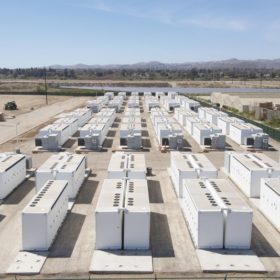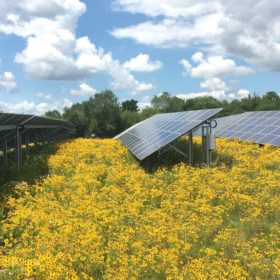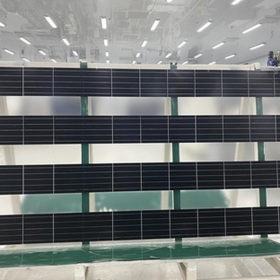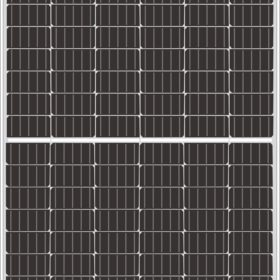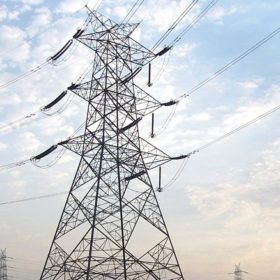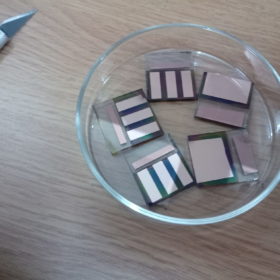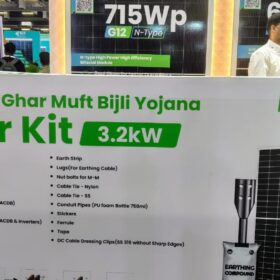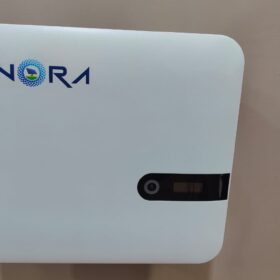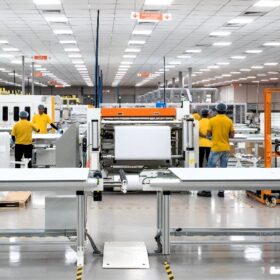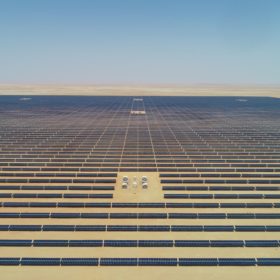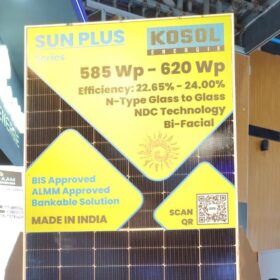Danish electrolyzer firm Stiesdal next in Reliance new energy plans
Reliance New Energy Solar has signed an agreement with Danish firm Stiesdal A/S to develop and manufacture Stiesdal HydroGen electrolyzers for green hydrogen production in India.
Supply shortages likely to hit utility energy storage as EV demand grows, IHS Markit says
Cell manufacturers are expected to prioritize larger customers in the automotive industry over relatively small energy storage system integrators.
India and Australia’s richest race to net-zero by 2030
Today, both Reliance and Fortescue are realizing the huge investment, employment, import replacement and export opportunities in zero emissions industries of the future, both for India and Australia. And they look to be leading the way, fully supported by global financial institutions increasingly seeking to deploy trillions of patient capital in low volatility, non-commodity price exposed zero-emissions energy sources of the future.
Large-scale solar can cool nearby areas
An international team of scientists observed a cooling effect in a large radius around solar arrays. The cooling may have implications for local ecosystem management.
Emerging trends in the Indian solar power sector
The Indian solar power sector is undergoing a technology-backed transformation at every stage from manufacturing to installation to improve cost and performance efficiency.
Vietnamese manufacturer unveils PV module for agrivoltaics
Vietnamese manufacturer Irex has announced a new glass-glass solar panel with a power output of 265 W and a power conversion efficiency of 18.1%.
Pixon unveils 375-410 Wp half-cut modules with 20.4% efficiency
The Indian solar manufacturer has unveiled mono PERC half-cut-cell modules with output ranging from 375Wp to 410 Wp. The five-busbar modules can be used in all installations including off-grid, residential, commercial and industrial, and utility-scale.
ICRA improves energy demand outlook for FY2022
The ratings agency expects the energy demand in FY 2021-22 to grow by 8-8.5%. While the increased energy demand will improve the thermal plant load factor (PLF) level, this sector outlook remains negative as the PLF level will remain below 60%.
bp invests in electric mobility startup BluSmart
The venture capital arm of British energy company bp has invested $13 million in BluSmart in a $25 million Series A funding round. The investment will help BluSmart bring its electric vehicles and charging stations to five major cities.
IIT Bhilai researchers develop large-area perovskite solar cell with copper metal contact
An Indian research group has built a perovskite cell that has a metal contact based on copper, instead of expensive gold. The device showed almost the same efficiency as a cell developed with gold metallization but its stability was much lower. In order to overcome this issue, the scientists suggest using a metal contact made of a thin layer of gold and a thicker, overlying copper layer.

